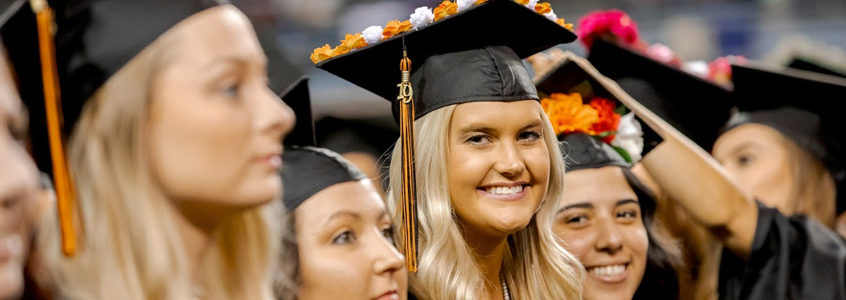Service Learning Students

What is service-learning?
Service-Learning is a structured learning experience that combines community service with preparation and reflection. Students engaged in service-learning provide community service in response to community-identified concerns and learn about the context in which service is provided, the connection between their service and their academic coursework, and their role as community members.
Service Learning Rubric
| OUTCOMES from Definition | UNACCEPTABLE | MINIMAL STANDARDS | EXCEPTIONAL STANDARDS |
| Activity ties SL to SLOS | Doesn’t tie experience to SLOs. | SLOs not measurable or observable. | SLOs measurable & observable. |
| Meets community needs. | No focus on community needs. | Identifies community needs. | Demonstrates complex understanding of the community needs they are working. |
| Assessment examines impacts of SL | No assessment of impacts. | Minimally evaluate impacts of SL experience. | Assessment creates concrete connection between service learning and SLOs. |
What is the difference between community service and volunteering?
Volunteering focuses on the benefits to the service recipients. There are NO specific learning objectives tied to the experience.
Service learning is tied to specific learning objectives. It enhances the academic curriculum of a course or program in which the participants are enrolled. Service learning is experiential and requires assessment by participants on their service experience and application to the specific learning objectives. Overall, the most important feature of service-learning is that both learning and service are emphasized.
